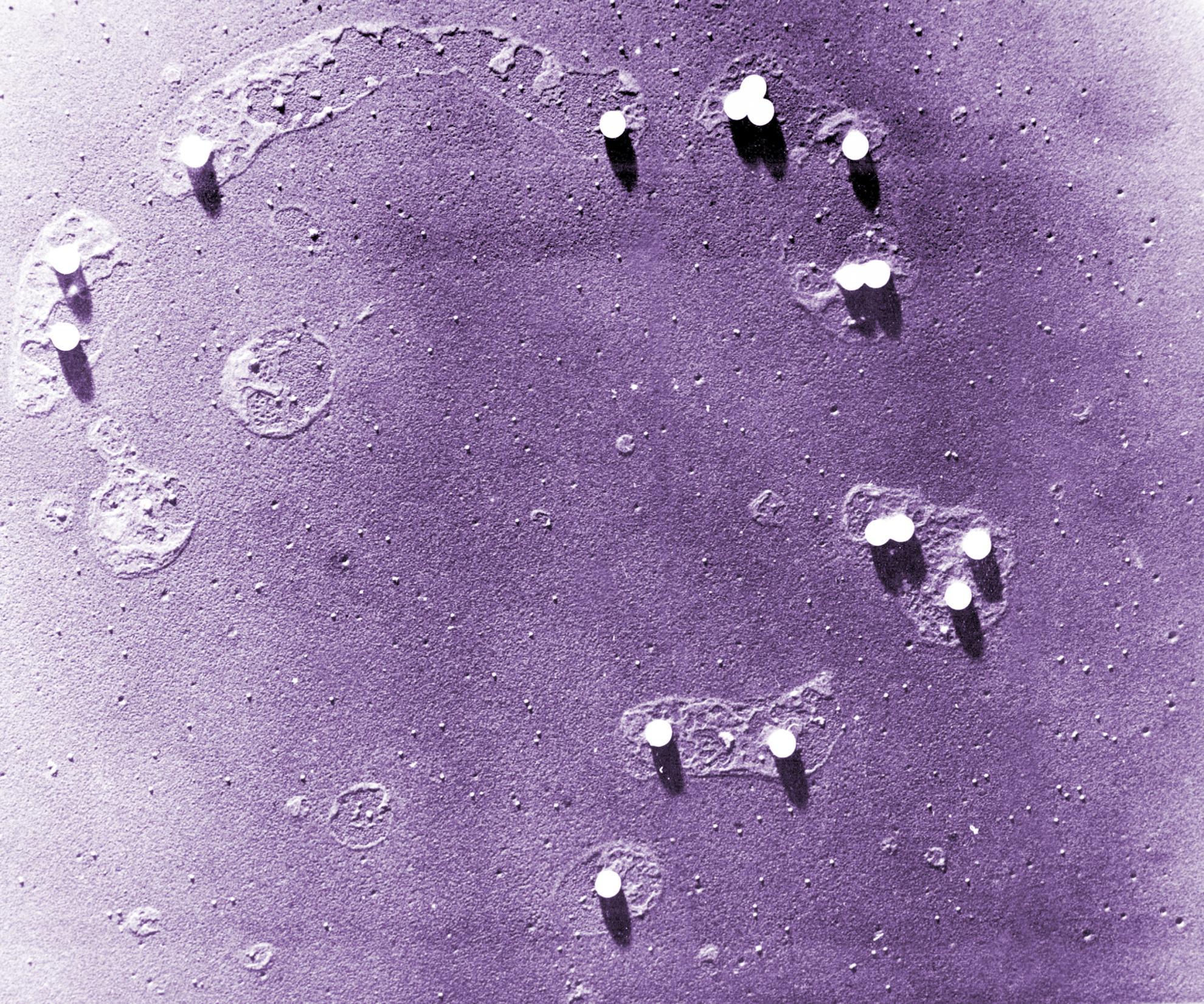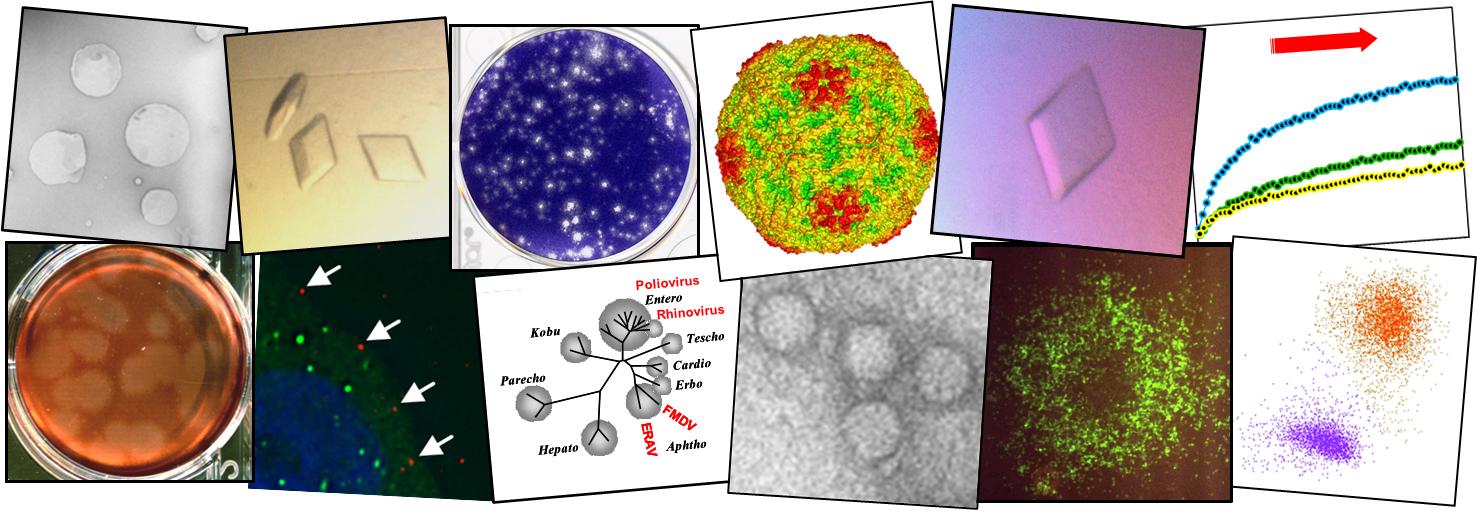Poliovirus (PV) is a highly infectious virus that causes polio in humans.
PV is primarily spread through infected faeces entering the mouth, consuming contaminated food or water and, less commonly, through infected saliva. People who are infected can transmit the disease for up to six weeks, even if they are asymptomatic.
Different serotypes are localised to specific regions. As of 2012, PV1 was highly localized to regions in Pakistan and Afghanistan in Asia, and Nigeria, Niger and Chad in Africa. PV2 is likely eradicated, pending official confirmation - it was last detected in October 1999 in Uttar Pradesh, India. As of November 2014, PV3 has not been seen since its 2012 detection in parts of Nigeria and Pakistan.
Clinical signs
Polio varies widely in the symptoms it causes.
Subclinical: 90% to 95% of infections - symptoms may last for less than 72 hours.
- A general feeling of illness
- Red and sore throat
- Mild fever
- Headache
- Sometimes vomiting
Non-paralytic polio: 5% to 10% of infections – symptoms may last for a week or two.
- Headache
- Fatigue
- Diarrhoea
- Mild to moderate fever
- Muscle stiffness, spasm and pain
- Pain in neck, back, arms, abdomen and legs
- Skin rashes
- Nausea with vomiting
Paralytic polio: less than 1% of infections -
In these cases, the virus may invade the spinal cord, affecting nerves that control motor movements and causing paralyisis. The severity of paralysis is determined by the area of the spinal chord that is affected. In general, the closer to the brain the infection is, the worse the symptoms.
- Weakness over one side that comes in quickly and worsens into paralysis
- Abnormal sensation in the paralysed area
- Bloating of the abdomen
- Constipation
- Difficulty breathing and urinating
- Drooling
- Headache
- Muscle pain and stiffness in the back, neck and legs
- Simple touch may be painful
- Difficulty in swallowing
Virology
Poliovirus belongs to the genus Enterovirus, under the family Picornaviridae. There are three serotypes; PV1, PV2, and PV3, but PV1 is the most common serotype. PV has a single stranded RNA genome, a capsid that encases it, but no envelope.
Pirbright's research on poliovirus
Vaccines are available for polio, but a number of doses are required before they are effective.
At the Institute, the membrane interactions of picornaviruses are being studied to discover the role of specific capsid components. Replication, capsid assembly and genome packaging are also being investigated.
The more information we have about the virus, the better we are able to find ways of combatting the disease.

